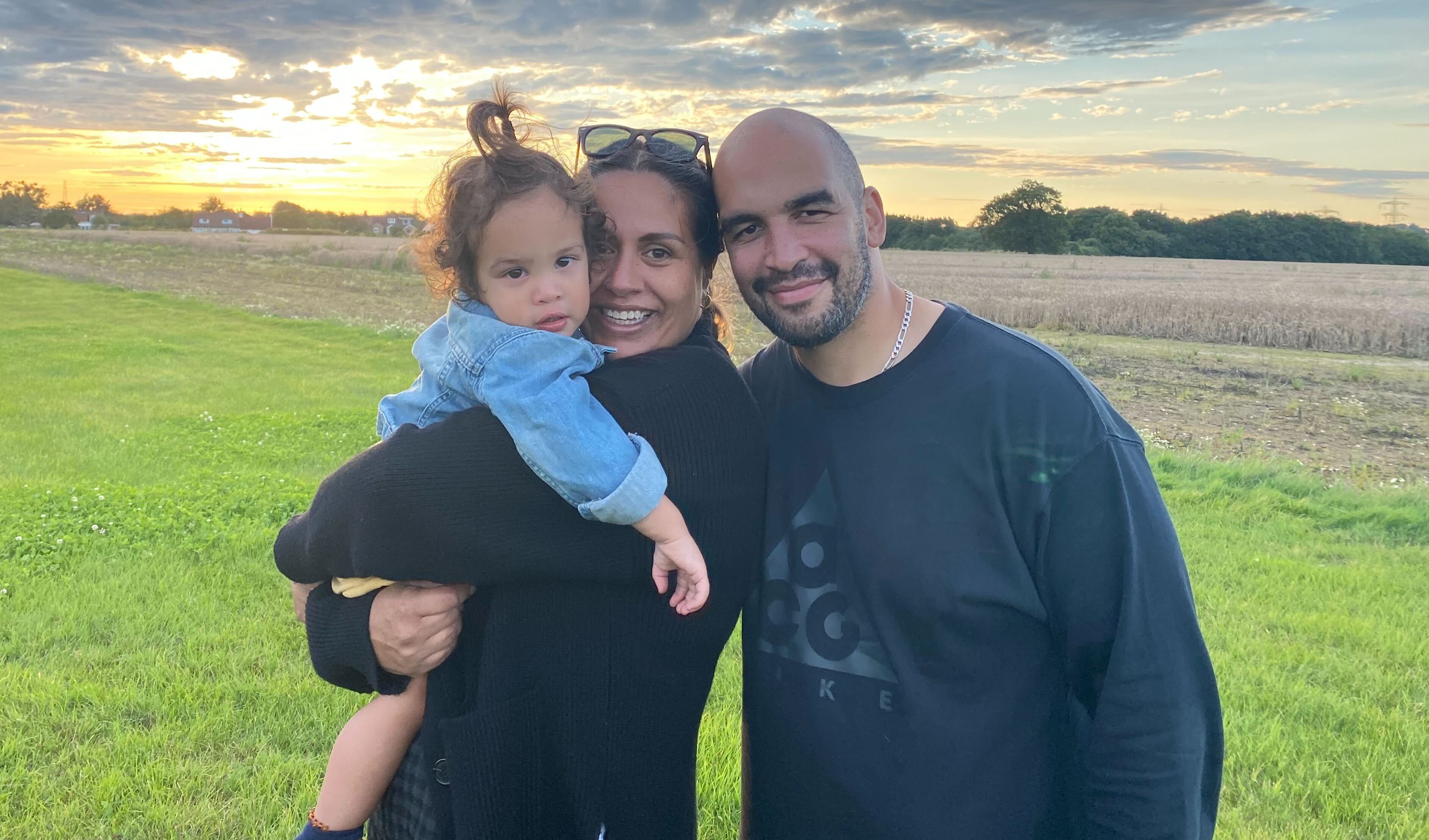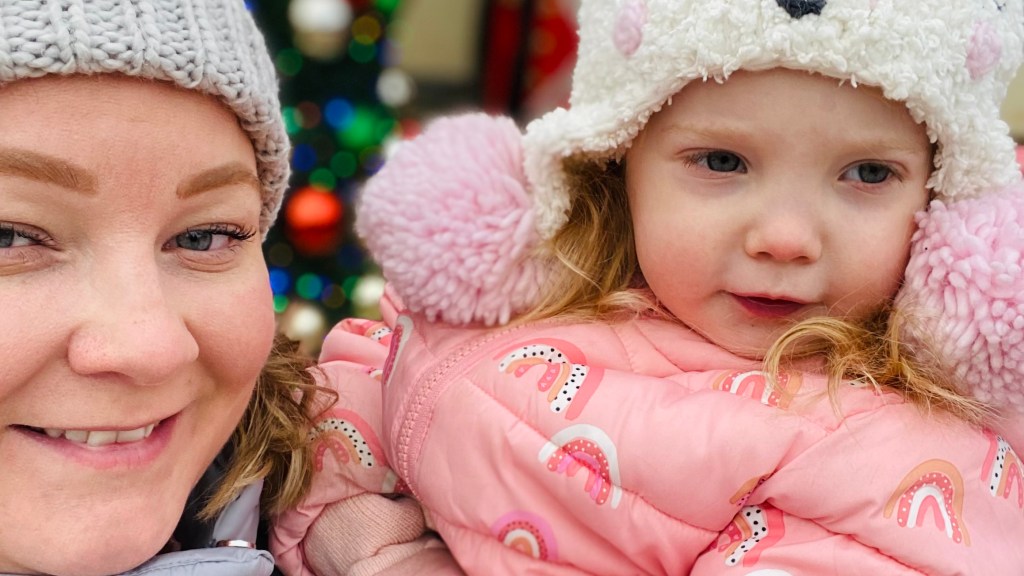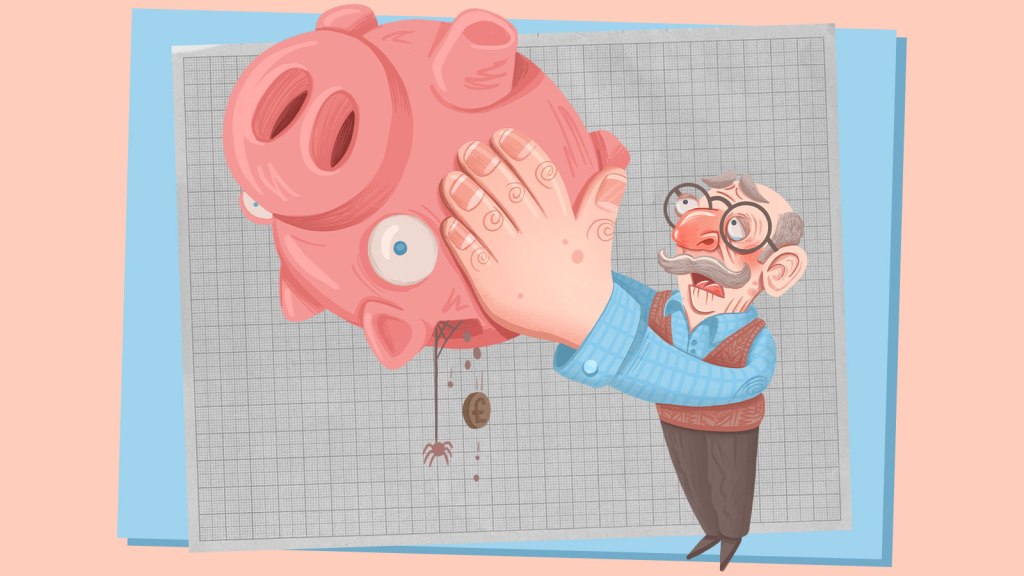IVF Loans, Remortgaging, Raiding Savings: The Cost of Trying for a Baby
When Jodie and Steve Nicholson faced the daunting task of funding their own in-vitro fertilisation (IVF), they immediately downsized their home to cover the escalating costs, which ultimately reached £30,000.
They are part of a growing number of individuals selling their homes, depleting their savings, and taking on significant debt to have a baby as NHS funding for IVF treatments declines.
In 2012, the NHS funded 40 per cent of IVF treatment cycles in the UK. By 2022, this had decreased to 26 per cent, reflecting tighter health service budgets. According to the Human Fertilisation and Embryology Authority (HFEA), the NHS funded 20,555 out of approximately 80,450 cycles in 2022.
Jodie, a 34-year-old school administrator from Sheffield, was informed in 2019 that IVF was her only option to conceive after multiple procedures to repair her fallopian tubes. Despite national guidelines entitling women under 40 to three free rounds of NHS treatment, the couple were ineligible because Steve has a daughter from a previous relationship.
“When we learned we would have to pay privately, we sold the house to fund it. Our money was tied up in the property, so selling it was the only option,” Jodie explained.
The couple anticipated high costs but raised only about £6,000 from downsizing—falling short of the £10,000 needed for their first cycle. Family and friends helped cover the shortfall.
In early 2019, the strain led Jodie to attempt suicide. “I was at rock bottom. The fear of running out of money was overwhelming,” she said.
During an IVF cycle, an egg is fertilized in a laboratory and then returned to the womb, taking four to six weeks per cycle.
The chance of a live birth from each embryo transferred during IVF is around 25 per cent, often necessitating multiple cycles. Patients denied NHS treatment must navigate a private sector criticized for poor fee transparency and unexpected costs that can significantly increase bills.
Funding Cuts
The National Institute for Health and Care Excellence advises offering women under 40 three IVF cycles if they have tried to conceive for two years or if tests indicate IVF is necessary. Women aged 40 to 42 are recommended one cycle.
However, these guidelines are not legally binding. Each integrated care board (ICB) in England sets its own eligibility criteria, meaning availability varies by location.

One ICB might offer three cycles, while another nearby might offer only one. Eligibility can depend on age, weight, and smoking status. Over 75 per cent of ICBs in England do not fund IVF if either partner has any living children. The average age for starting IVF is just over 35, but in some areas, the NHS age cut-off is 34.
Jodie’s first IVF round was successful, resulting in the birth of their daughter in 2020. However, two subsequent rounds in 2021 costing £5,000 each resulted in miscarriages. The couple has spent £30,000 on IVF and fertility treatments and pays £45 a month to store remaining frozen embryos.
“I’m not ready to let the frozen embryos go yet. We need to weigh the financial impact of another treatment round on our family,” said Jodie, who documented her journey in her book I(v)F Only.
Hidden Costs
One IVF cycle can cost £5,000, excluding extras such as medication, blood tests, and embryo freezing. Medication typically costs £500 to £1,500, and daily blood tests average £150 each.
Managing these costs on a single income is challenging, especially with a 44 per cent rise in single women funding IVF between 2019 and 2021.
Private costs vary widely, with the HFEA warning of significant price discrepancies between clinics. A lack of transparency makes price comparison difficult.
Sara Marshall-Page, co-founder of the fertility website IVF Babble, noted, “A basic IVF round costs £4,000 to £8,000, excluding tests and medicine. Financial strain can be as detrimental as medical infertility.”
“Some clinics advertise ineffective add-ons to appear innovative, adding financial strain on patients,” she added.
Last year, Fertility Mapper found that a quarter of private clinics advertised IVF courses that cost 50 per cent more than initially quoted, excluding necessary procedures and tests.
The HFEA also warned of clinics selling unproven and expensive extras.
IVF Loans
Many patients resort to desperate measures to fund treatment. A survey by Fertility Network UK revealed that 14 per cent of patients sold personal belongings for IVF, 7 per cent took bank loans, and 4 per cent remortgaged.
As NHS funding declines, fertility financing through loans and payment plans is increasing.
Clare Ettinghausen from the HFEA stated, “For some, loans or insurance might be the only option to try for a baby. It’s essential that financial plans are manageable.”
Some loans charge interest only if treatment results in a birth. Companies like Gaia charge 14 to 18 per cent interest on repayments, while Access Fertility and Create Fertility offer 0 per cent interest if costs are spread over 12 months. Refunds may be available for unsuccessful treatments.
Loan eligibility criteria often resemble NHS criteria, considering factors like age and likely treatment success.
Samantha Deakin and her husband, Carl, faced severe endometriosis, leading to infertility. After being deemed ineligible for NHS funding due to her teenage daughter, they were quoted £8,000 for a private IVF cycle, rising to £10,000 with medication.

“I assumed medication was included in the initial quote, but it wasn’t. The failure of two transferred blastocysts was devastating, leading to depression,” said Samantha.
The financial uncertainty compounded the already grueling treatment, involving hormone drugs, daily injections, and invasive procedures over a four-to-six-week cycle.
After their first IVF round, Samantha and Carl spent nearly £30,000 on attempts to conceive, including various operations. They saw an advert for Access Fertility and purchased a £14,000 package for three cycles. “The costs were capped, providing financial certainty,” Samantha noted. Their son Harlow was born in May 2020.




Post Comment